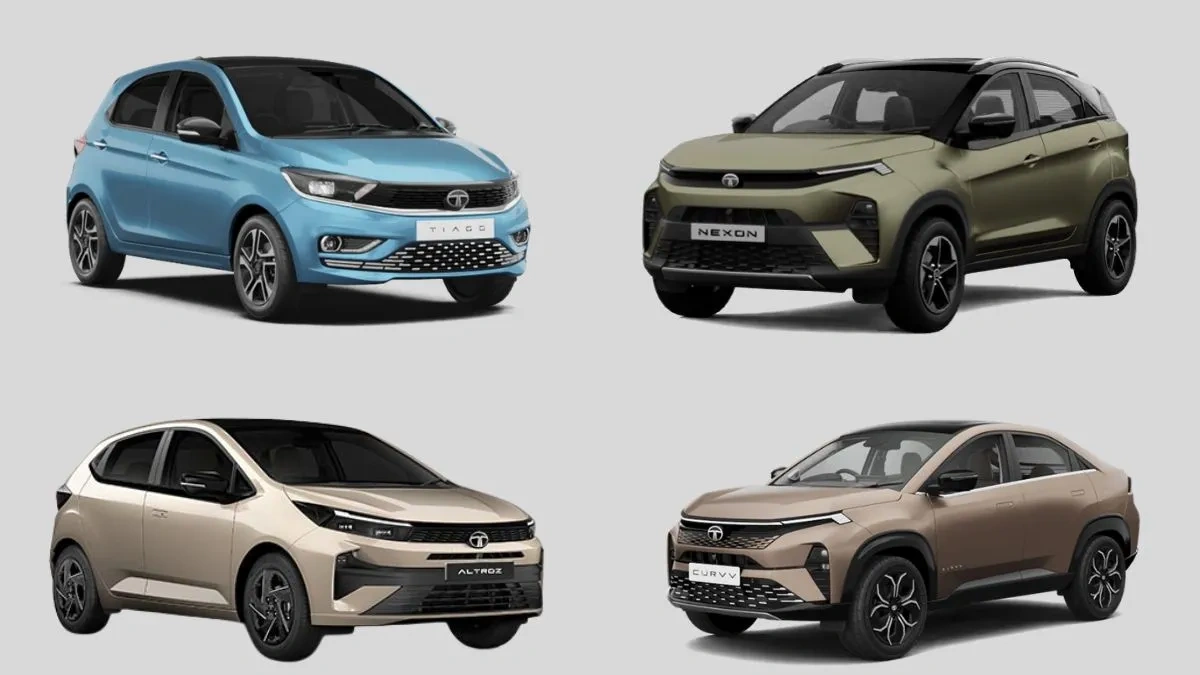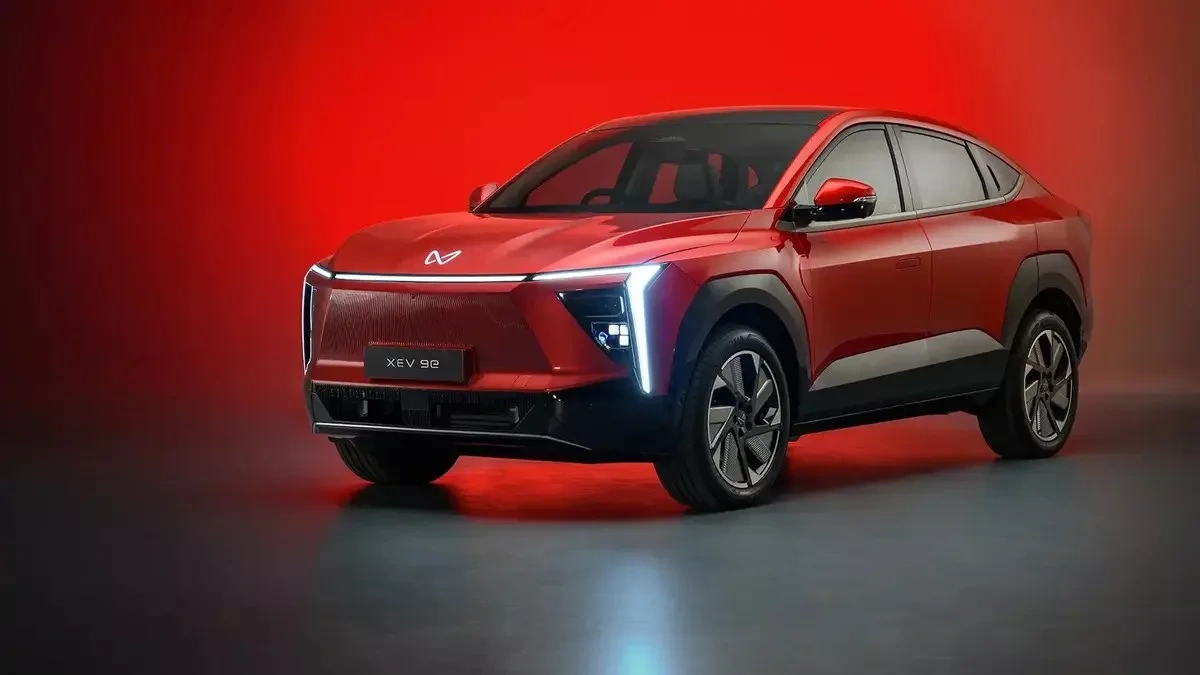Tata Cars After GST : Decoding the Price Puzzle for Indian Buyers
The Goods and Services Tax (GST) – it’s that thing that always seems to be changing, right? And for those of us eyeing a shiny new Tata car , it brings up a big question: how does GST actually affect the price we pay? Let’s be honest, taxes can feel like a murky world. But understanding how GST works is crucial for making an informed decision. So, let’s dive in and clear up the confusion, shall we?
Thank you for reading this post, don't forget to subscribe!The GST Impact | More Than Just a Tax
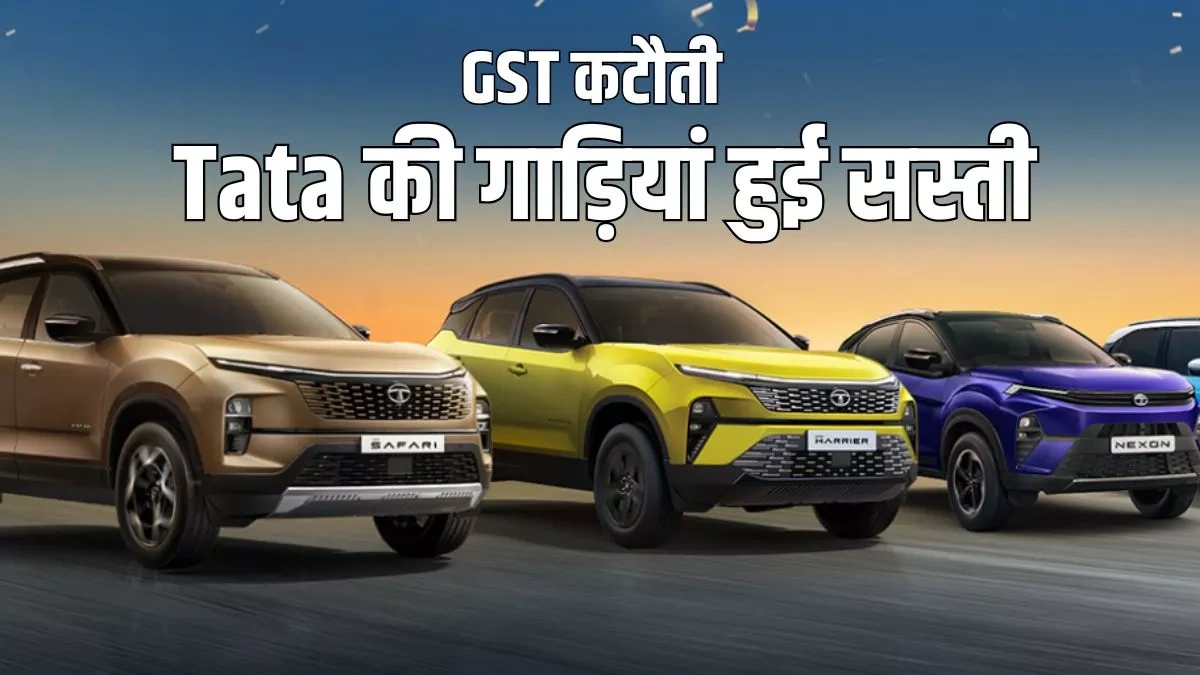
So, what exactly is the GST impact on car prices ? Well, it’s not as simple as slapping a fixed percentage on the sticker price. GST is an indirect tax levied on the supply of goods and services. The automotive industry falls under its ambit, and the final price of your Tata car includes this tax component. But here’s the thing: GST isn’t the only tax involved. There’s also a cess, which depends on the car’s size and engine capacity.
Here’s the breakdown – and pay attention, because this is where it gets interesting. GST for most cars is 28%. But, but, there’s also an additional cess that can range from 1% to 22%, depending on whether it’s a small car, a sedan, or an SUV. This cess is essentially a tax on top of a tax. Think of it like adding extra chilli flakes to your already spicy curry; it definitely kicks things up a notch!
Tata Car Prices : A Pre- and Post-GST Comparison
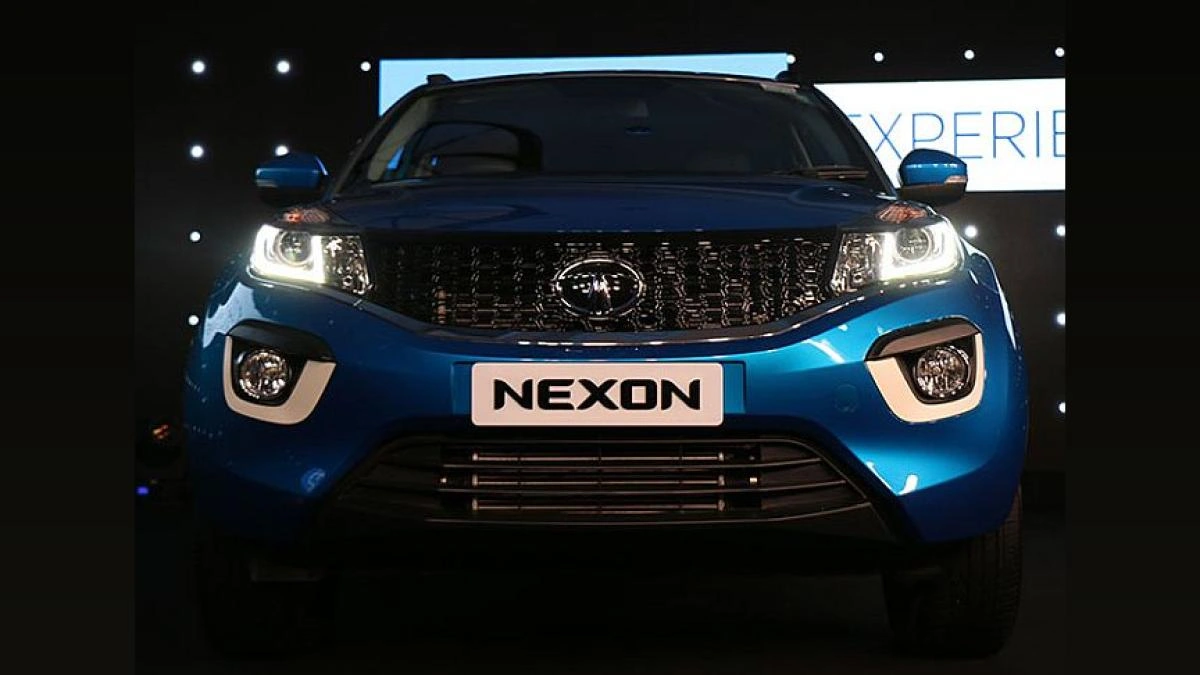
Before GST, the automotive tax structure was a complex web of excise duty, VAT, and other levies. GST aimed to simplify this, creating a unified tax system across the country. So, did it actually make cars cheaper? Well, it’s complicated. For some car segments, prices did come down initially. For others, the change was negligible, or even went up slightly due to the cess factor. The key is understanding that the impact varies depending on the specific model and its engine size.
And what about the future of the Tata Motors price list ? It all hinges on potential GST rate revisions. The automotive industry often lobbies for lower taxes to boost sales, but government revenue considerations also come into play. It’s a constant balancing act. What fascinates me is how sensitive the Indian car market is to even small price fluctuations. A change of just a few thousand rupees can make or break a purchase decision for many buyers.
Decoding the Cess Factor | Engine Size Matters
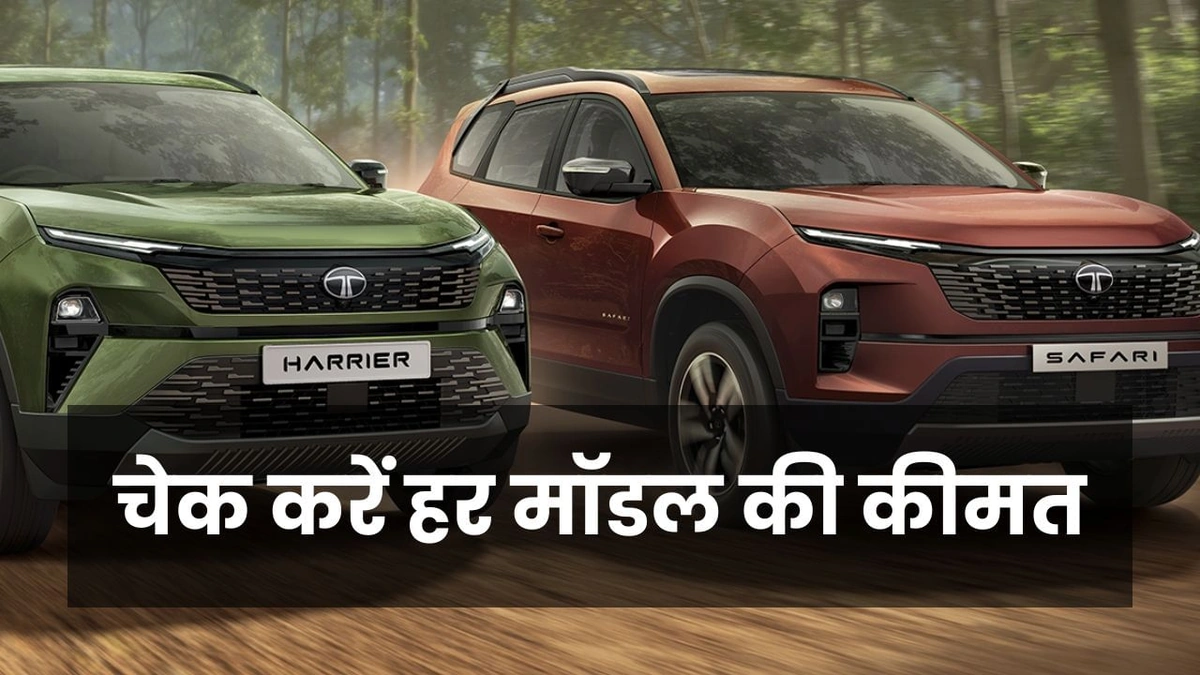
Let’s delve deeper into that cess, shall we? It’s not just about whether your Tata is a hatchback or an SUV. Engine capacity plays a HUGE role. Smaller cars with smaller engines (typically those under 1200cc for petrol and 1500cc for diesel) attract a lower cess. But as you move up the engine ladder – think Nexon vs. Harrier – the cess increases significantly. This is why you might see a bigger price difference between models within the Tata range.
Here’s the thing: manufacturers like Tata are constantly juggling their pricing strategies to remain competitive. They might absorb some of the tax burden on certain models, or offer discounts and incentives to offset the GST impact. It’s a game of give and take, and the savvy buyer is the one who understands the rules.
Impact of GST on Electric Vehicles (EVs)
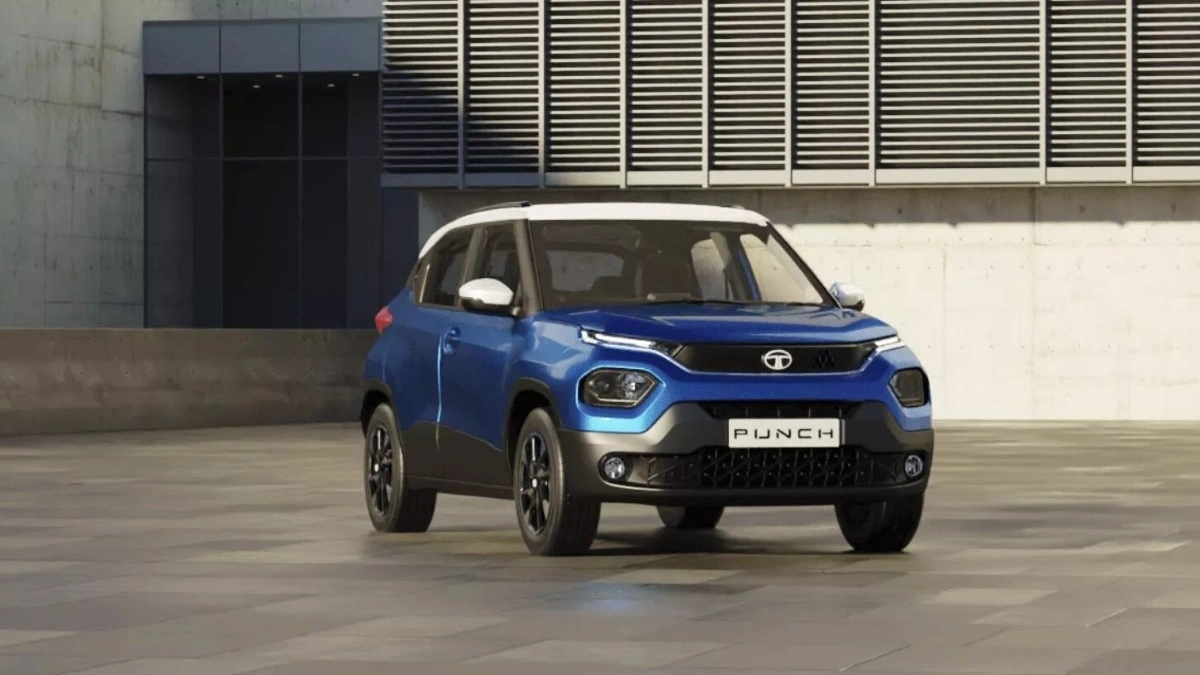
Now, let’s talk about EVs! The government has been actively promoting electric vehicles through various incentives, and GST is a key component of this. Currently, EVs attract a much lower GST rate compared to petrol or diesel cars. This is a significant advantage, making EVs like the Tata Nexon EV and Tigor EV more attractive to buyers. The government has set ambitious targets for EV adoption, and lower GST rates are a crucial tool to achieve these goals.
But, and this is a big but, the battery costs in an EV remains high. This means while the reduced GST helps, it does not completely solve the affordability issue. Still, when you factor in lower running costs and potential government subsidies, the overall ownership experience of a Tata EV can be quite compelling. Consider the long-term savings.
Tips for Tata Car Buyers | Navigating the GST Landscape
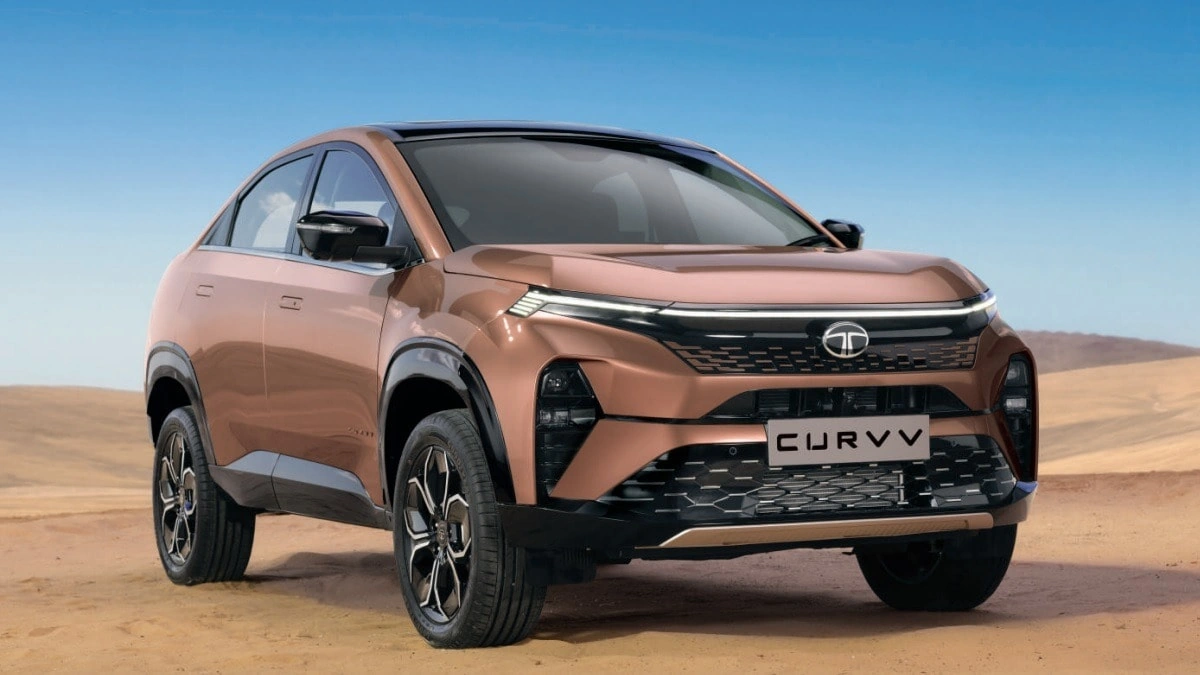
So, how do you navigate this GST maze when buying your next Tata car? Here’s my advice, based on years of observing the Indian auto market:
- Do Your Research: Don’t just look at the ex-showroom price. Always ask for the on-road price, which includes GST, cess, registration, and insurance.
- Compare Models: Understand how the GST and cess vary across different Tata models, especially those with different engine sizes.
- Negotiate Hard: Dealers often have some wiggle room, especially during festive seasons or end-of-year sales. Use the GST structure to your advantage during negotiations.
- Consider EVs: If you’re environmentally conscious and do a lot of city driving, explore the Tata EV range. The lower GST rate and running costs can make them a worthwhile investment.
The one thing you absolutely must do is stay informed about any potential GST rate changes. The government often reviews tax structures, and the automotive industry is always on the radar. Keep an eye on reputable news sources and industry publications to stay ahead of the curve.
Don’t just read about it, go experience it. Test drive the cars. Talk to existing owners. The more information you gather, the better equipped you’ll be to make the right decision.
Tata Finance Options and GST
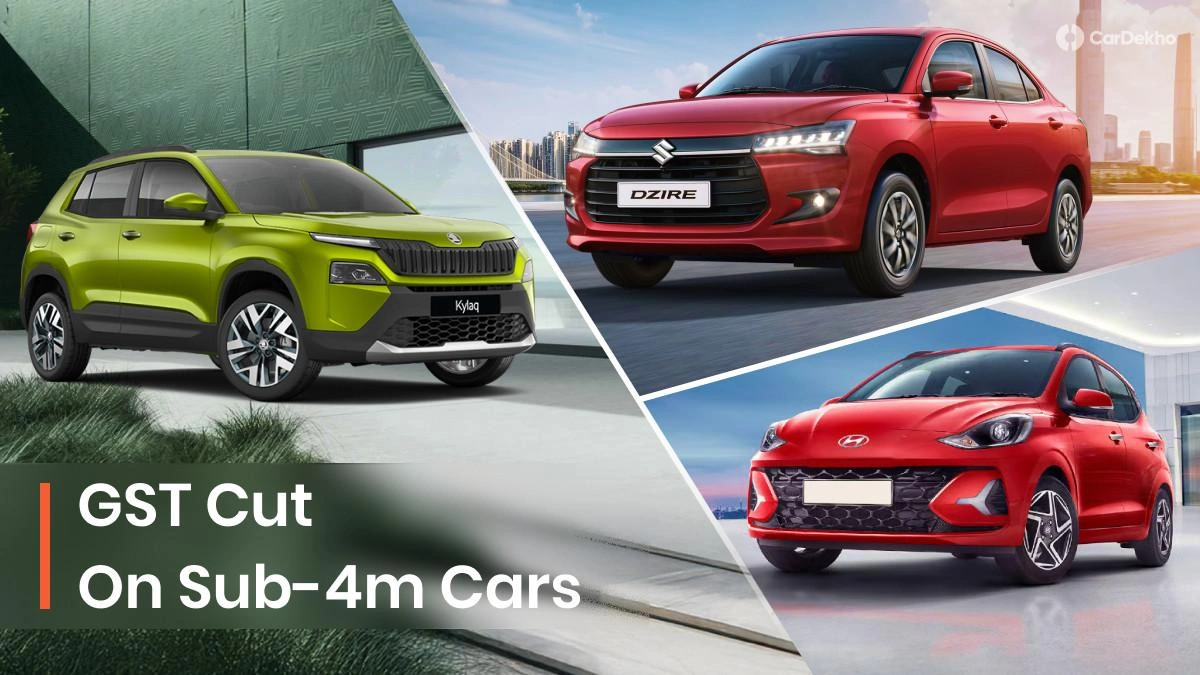
It’s worth considering how GST impacts your financing options, right? Well, GST also applies to the services provided by banks and financial institutions, which means that loan processing fees and other charges associated with financing your Tata car will also include a GST component. The current GST rate on financial services is 18%.
Therefore, when evaluating your loan options, remember to factor in this additional GST. Ask your lender for a detailed breakdown of all charges, including the GST component. This will give you a clearer picture of the total cost of financing your car.
FAQ | Your Tata Car GST Questions Answered

What is GST and how does it apply to cars?
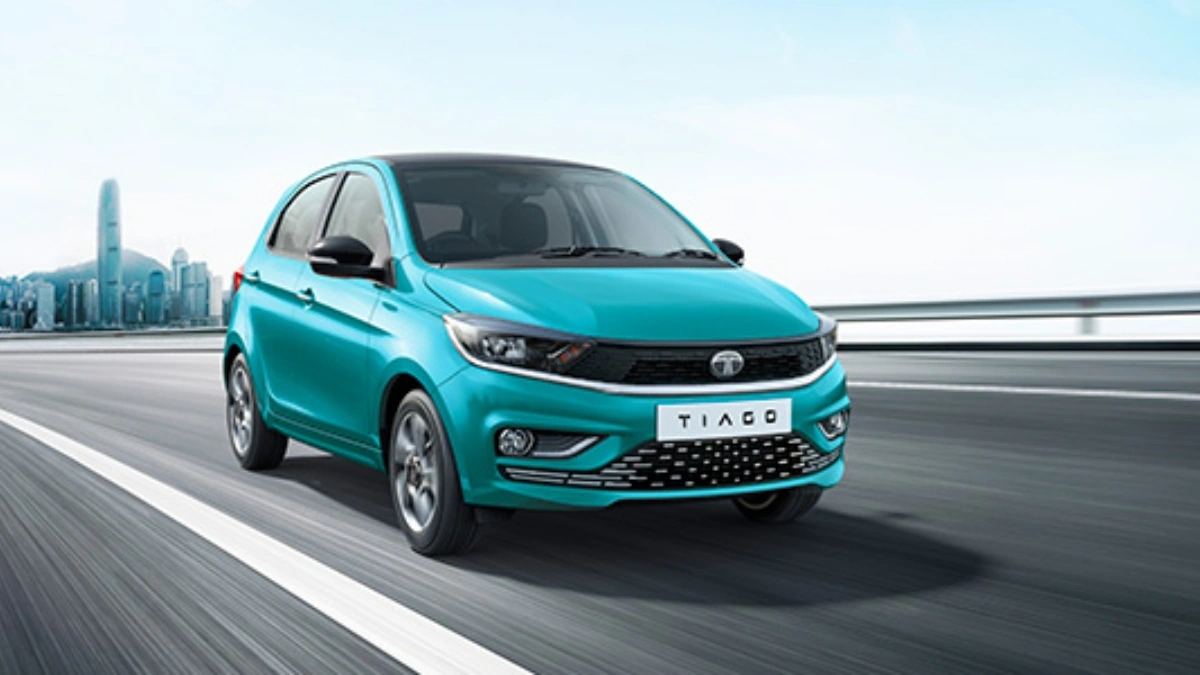
GST (Goods and Services Tax) is an indirect tax on the supply of goods and services. For cars, it’s a percentage of the price, with an additional cess based on engine size and vehicle type.
How does GST affect the on-road price of a Tata vehicle?
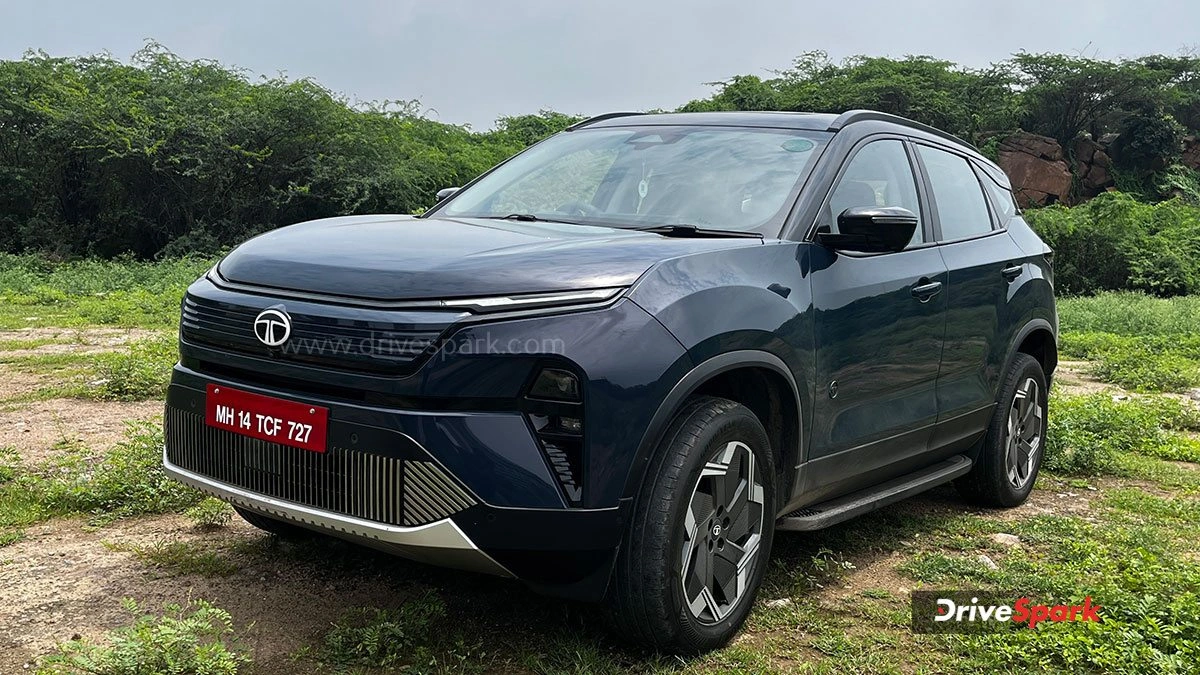
GST and cess are added to the ex-showroom price, along with registration and insurance, to calculate the final on-road price.
Are electric vehicles cheaper due to GST?
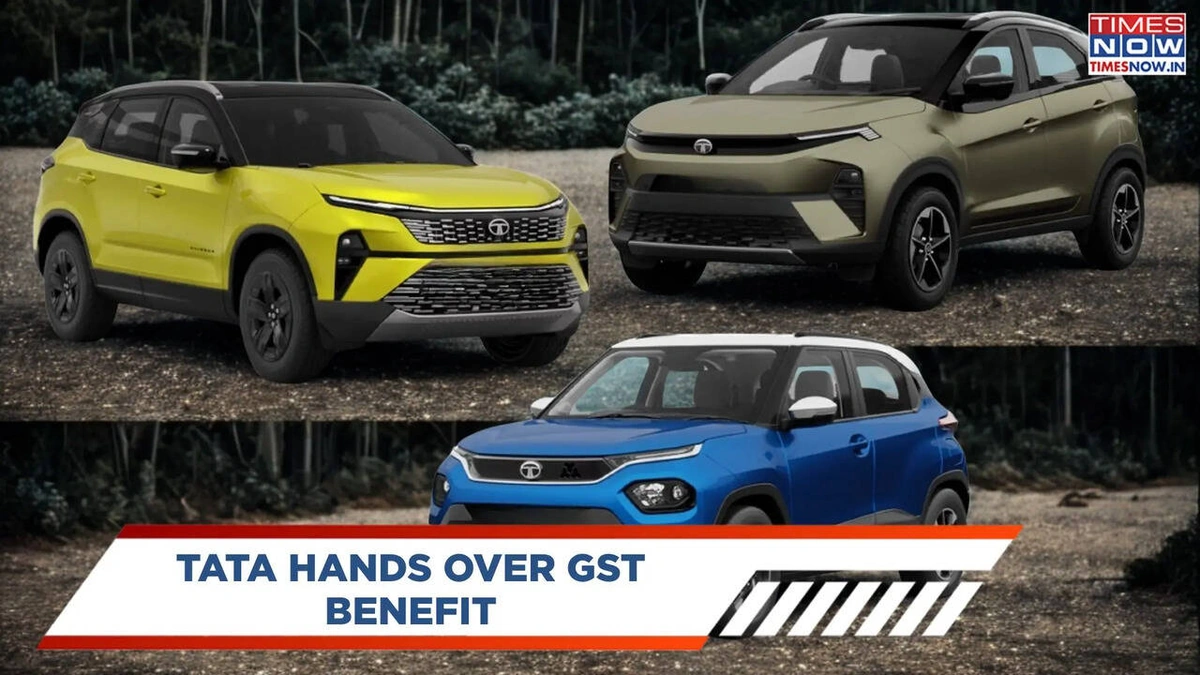
Yes, EVs currently have a lower GST rate than petrol or diesel cars, making them more affordable.
Could GST rates on cars change in the future?
Yes, the government periodically reviews GST rates, so changes are possible. Stay informed about policy updates.
Where can I find accurate information on Tata car prices and GST?
Check the official Tata Motors website and authorized dealerships for the most up-to-date pricing and tax information.
The dance between GST, car prices, and consumer sentiment is a complex one, and it will be interesting to see how it evolves in the years to come. For now, arm yourself with knowledge, do your homework, and drive away with a Tata car that fits both your needs and your budget.
